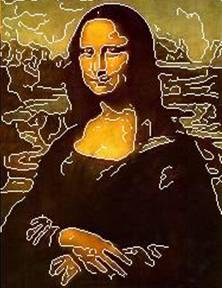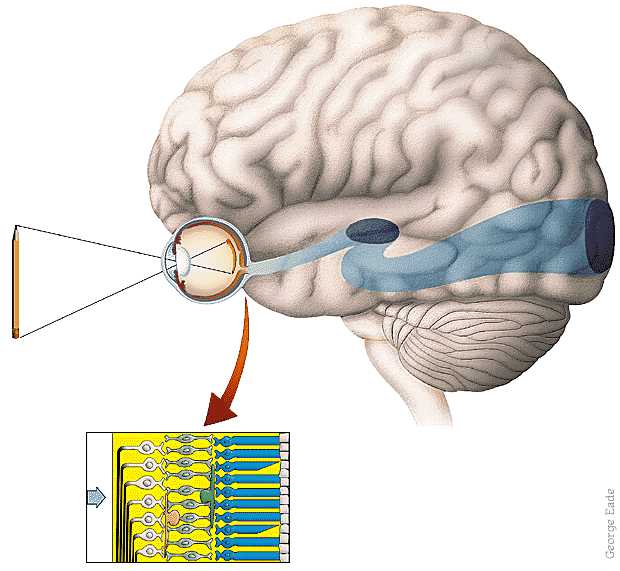
|
CS 332
Course Topics |
|
Home | Course Information | Syllabus | Final Project | Documentation & Useful Links
Introduction
The computational approach to the study of vision; multiple levels of understanding of vision
systems; the representational structure of visual processing; the importance of an interdisciplinary
study that combines the perspectives of computer science, psychology, and neuroscience; overview of
course topics.
Edge detection in computer vision systems and early visual processing in
biological systems
Image filtering; detecting and representing image intensity changes; analyzing images at multiple
spatial scales; overview of the anatomy and physiology of the early stages of the human visual
pathway; the perception of intensity changes; spatial frequency channels; relating empirical
observations to computational models.
Computational models of stereo vision and human stereopsis
The geometry of stereo projection; the stereo correspondence problem; stereo correspondence
algorithms; properties of human stereo vision, including stereo acuity, the role of multiple
spatial channels and vergence eye movements; physiological studies of stereo processing;
applications of computer stereo systems.
Image formation and shape from shading
The physics of image formation; 3-D surface representations; algorithms for recovering 3-D shape
from image shading; the perception of shape from shading.
Computational models of motion measurement and motion detection in
biological vision systems
Models for motion detection; computing an image velocity field; motion correspondence; the
detection of motion boundaries; motion illusions; physiological studies of motion-sensitive
neurons; applications of motion tracking systems.
Recovery of 3-D structure from motion
The 2-D projection of moving 3-D objects; the rigidity constraint; algorithms for recovering
3-D structure from motion; the perception of 3-D structure from motion.
Observer motion recovery
Models for recovering the direction of an observer's motion from visual information; the
perception of heading; visually guided navigation; physiological studies of observer motion;
autonomous navigation systems.
The analysis of color
Image formation; models of the recovery of surface reflectance and illumination; Land's Retinex
theory; the perception of color.
Visual recognition
Representations of 3-D objects; models of object recognition; perceptual and physiological studies
of recognition; face recognition; content-based image retrieval; applications of object and face
recognition.
